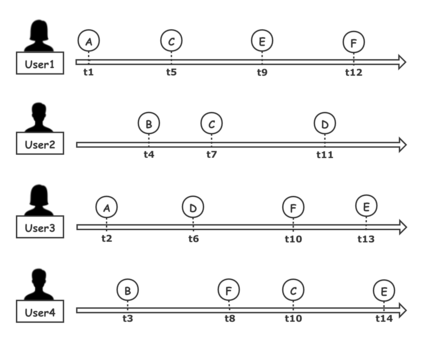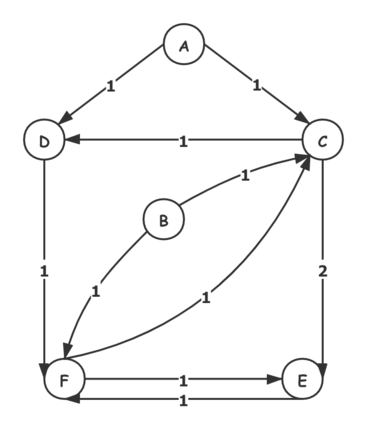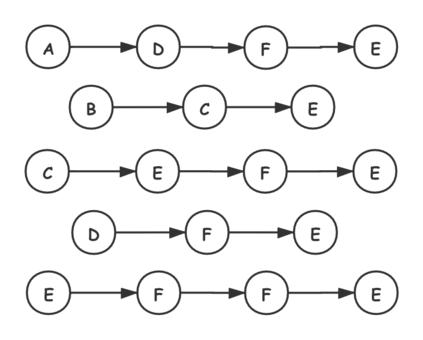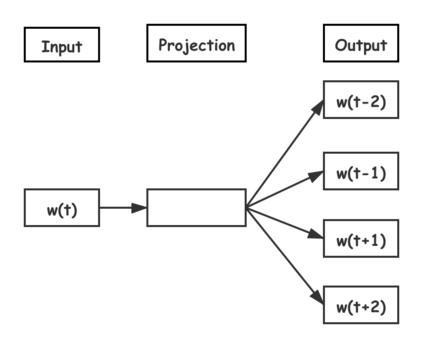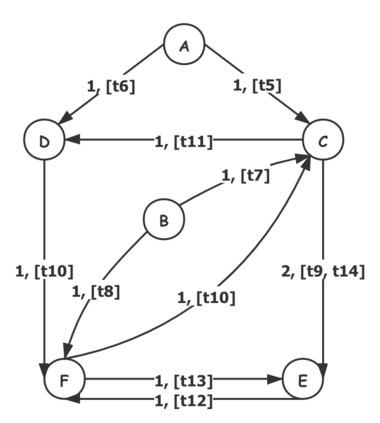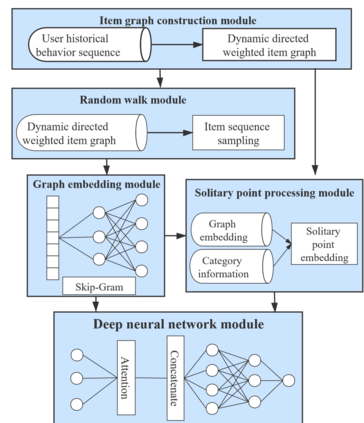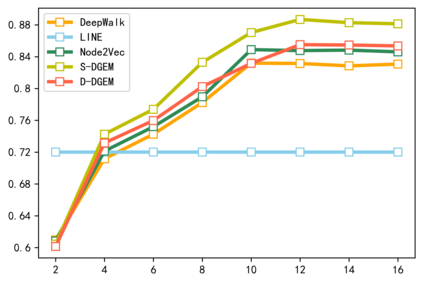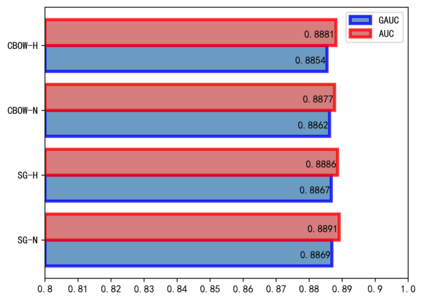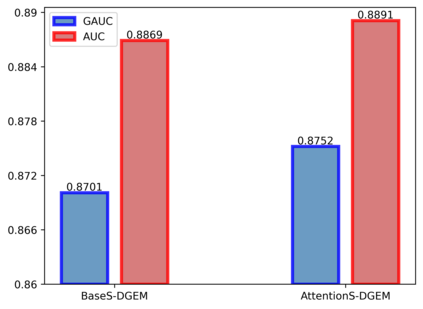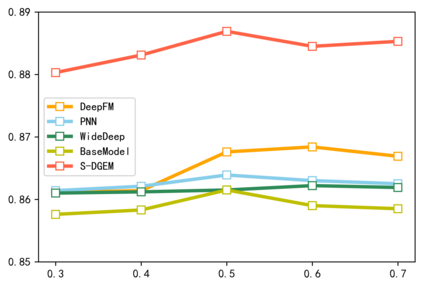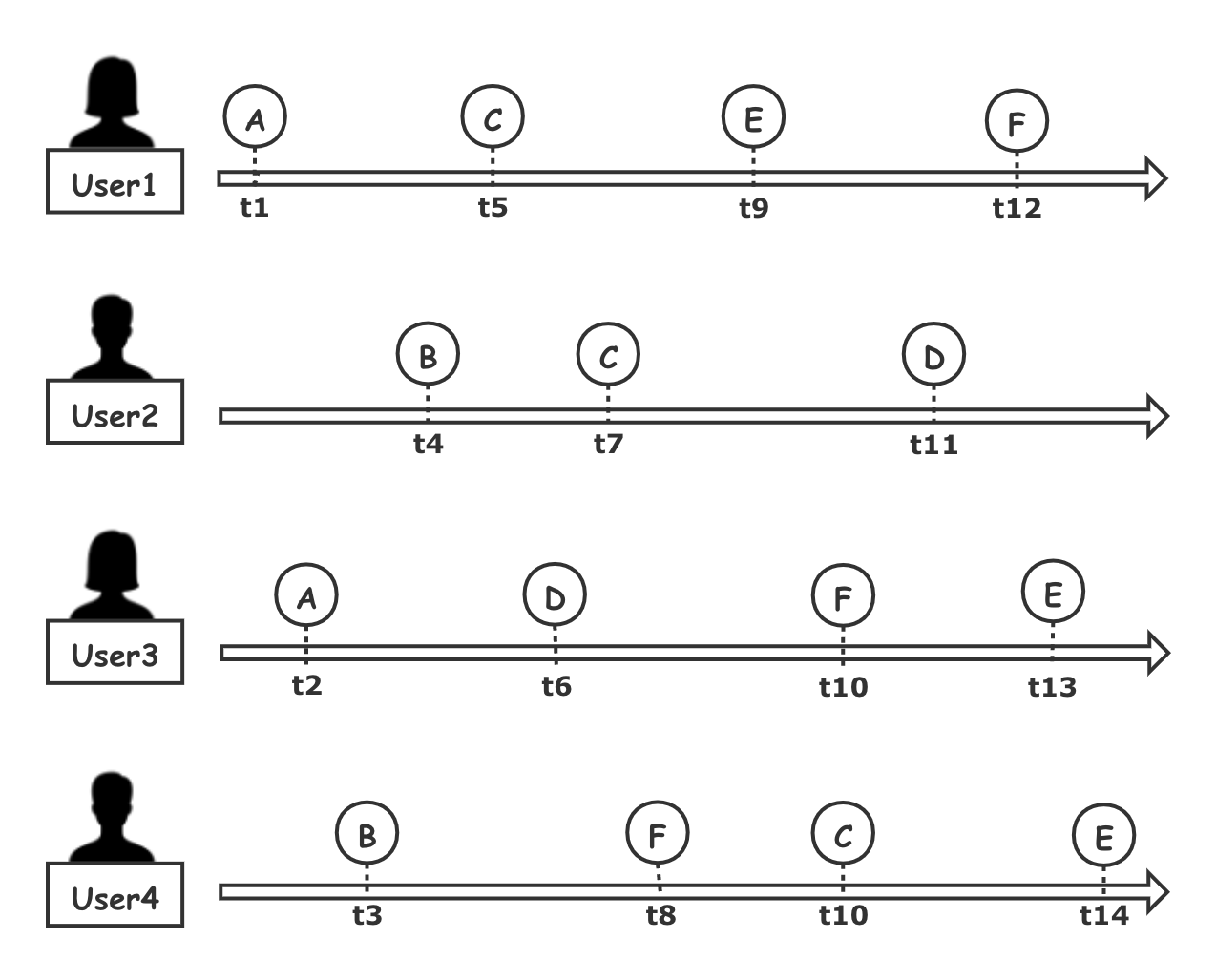In the current deep learning based recommendation system, the embedding method is generally employed to complete the conversion from the high-dimensional sparse feature vector to the low-dimensional dense feature vector. However, as the dimension of the input vector of the embedding layer is too large, the addition of the embedding layer significantly slows down the convergence speed of the entire neural network, which is not acceptable in real-world scenarios. In addition, as the interaction between users and items increases and the relationship between items becomes more complicated, the embedding method proposed for sequence data is no longer suitable for graphic data in the current real environment. Therefore, in this paper, we propose the Dual-modal Graph Embedding Method (DGEM) to solve these problems. DGEM includes two modes, static and dynamic. We first construct the item graph to extract the graph structure and use random walk of unequal probability to capture the high-order proximity between the items. Then we generate the graph embedding vector through the Skip-Gram model, and finally feed the downstream deep neural network for the recommendation task. The experimental results show that DGEM can mine the high-order proximity between items and enhance the expression ability of the recommendation model. Meanwhile it also improves the recommendation performance by utilizing the time dependent relationship between items.
翻译:在目前深层学习为基础的建议系统中,通常采用嵌入方法完成从高维稀有特性矢量转换为低维密度特性矢量的转换。然而,由于嵌入层输入矢量的尺寸太大,嵌入层的增加大大减慢了整个神经网络的趋同速度,这在现实世界中是不可接受的。此外,由于用户和项目之间的相互作用增加以及项目之间的关系变得更加复杂,为序列数据提议的嵌入方法不再适合于当前真实环境中的图形数据。因此,在本文件中,我们提议采用双式图嵌入法(DGEM)来解决这些问题。DGEM包括两种模式,即静态模式和动态模式。我们首先绘制项目图,以提取图形结构,并使用不均匀的概率随机行走来捕捉项目之间的高度相近。然后我们通过SGG-Gramm模型生成嵌入矢量的图,最后为建议任务下游深层神经网络提供材料。实验结果显示,DGEM可以将高调的嵌入式嵌入式嵌入式嵌入器之间的近处。DGEM包括两种模式,静态和动态两种模式。我们首先构建项目之间的功能关系,同时提高项目之间的性建议表达能力。

